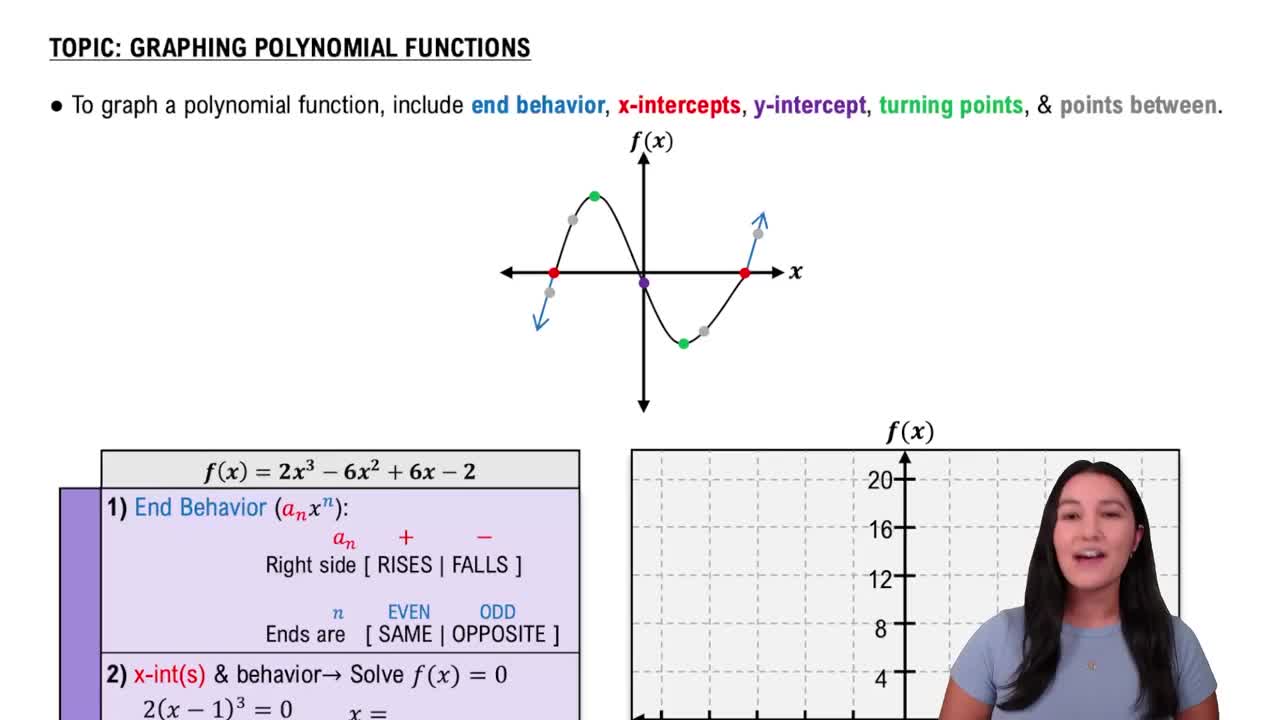Here are the essential concepts you must grasp in order to answer the question correctly.
Rational Inequalities
Rational inequalities involve expressions that are ratios of polynomials set in relation to zero. To solve them, one must determine where the rational expression is positive, negative, or zero. This typically involves finding critical points by setting the numerator and denominator to zero, which helps in analyzing the sign of the expression across different intervals.
Recommended video:
Rationalizing Denominators
Interval Notation
Interval notation is a mathematical notation used to represent a range of values on the real number line. It uses parentheses and brackets to indicate whether endpoints are included (closed intervals) or excluded (open intervals). For example, the interval [a, b) includes 'a' but not 'b', which is essential for expressing the solution set of inequalities accurately.
Recommended video:
Graphing Solution Sets
Graphing solution sets on a real number line visually represents the values that satisfy the inequality. This involves marking critical points and shading the appropriate regions based on the sign of the rational expression. Understanding how to graph these solutions helps in quickly identifying the intervals that meet the conditions of the inequality.
Recommended video:
Graphing Polynomial Functions
 Verified step by step guidance
Verified step by step guidance Verified video answer for a similar problem:
Verified video answer for a similar problem:

